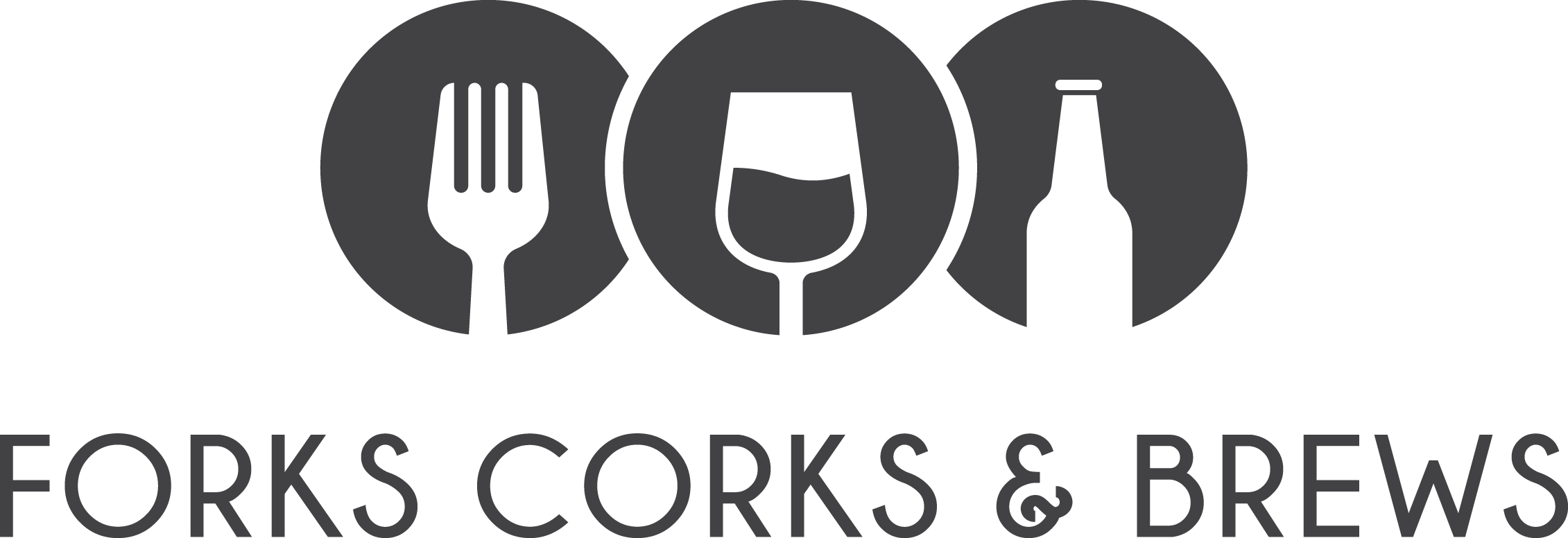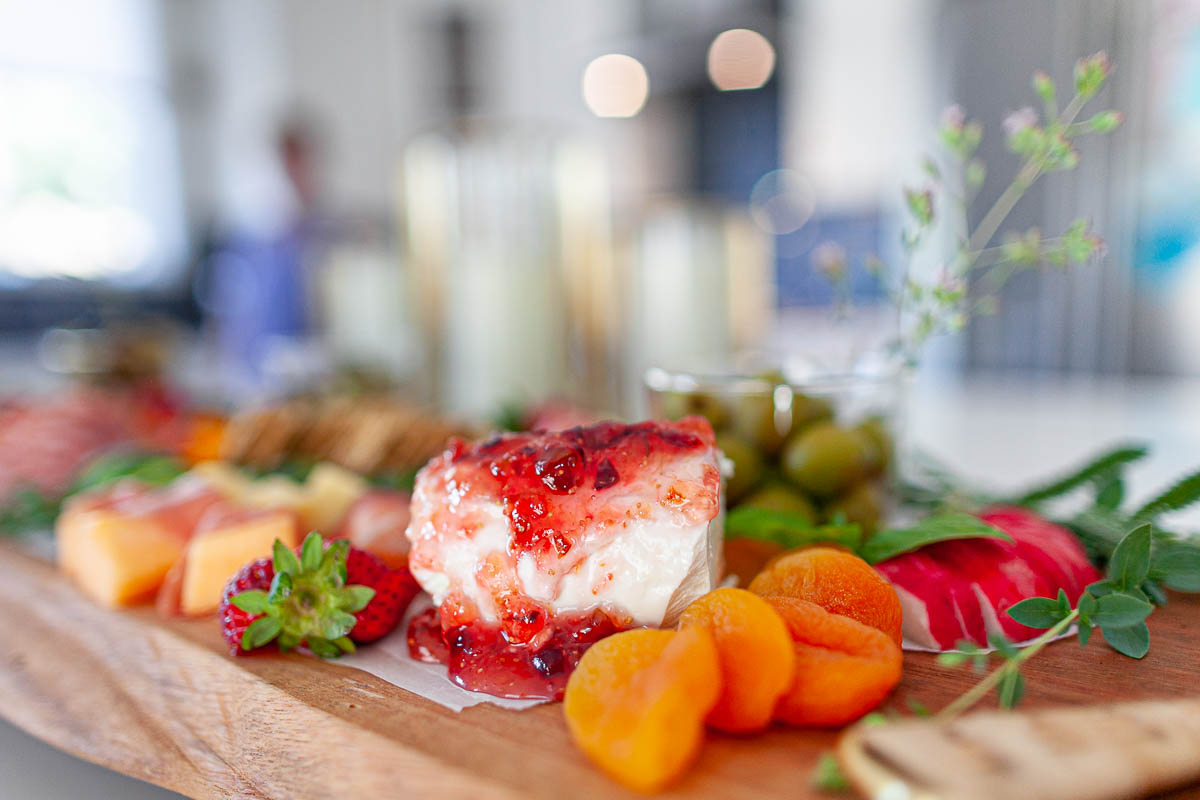Have you ever wondered if you could serve jam on a charcuterie board? If so, do you know what jam is best? Also how long does fig jam stay good in the fridge?
We love the flavor that jam brings to its cheesy counterpart. Our homemade fig jam or spicy habañero jam also adds color to any cheese or charcuterie board. If you are going to serve meat on your platter, the best combos are dry, salty meats with sweet or spicy jams.
What Kind of Jam Do You Use for a Charcuterie Board?
There are several reasons to use jam on your charcuterie board. First of all jam will elevate the taste of other foods. For example jam compliments salty food like prosciutto and salami, which is also why jam pairs well with cheese.
Here are ideas for what jam is best on a charcuterie board:
- Fig jam
- Fig jam with red pepper flakes
- Strawberry jam
- Guava jam
- Apricot jam
- Peach Cobbler Jam
- Raspberry jam
- Orange marmalade
- Blueberry jam
- Red pepper jam, slightly spicy
- Hot pepper jam, with a hot pepper taste
Fruit jams can add a visual interests to a charcuterie board. They may be on the sweeter side, but it just depends on the brand you buy or the recipe you use. We buy our fig jam at the store when figs are not in season, otherwise we make our own fig jam.
Want to Make Fig Jam from the Comfort of Your Home?
The picture above with the lovely, pink fig jam over the white goat cheese and next to the dried apricots is our homemade fig jam spread. Follow this recipe to make the best jam for your charcuterie board.
- 4 cups ripe figs – finely chopped with skins on (We use mission figs)
- 5 1/2 cups of sugar or 1,100 grams weighed on a scale
- 1/4 cup lemon juice
- 2 tablespoons of lemon zest
Boil the above ingredients for 1 minute. Next add Certo and boil for 1 more minute. Turn off the heat and wait for the bubbles to stop completely. Skim any
What Type of Cheeses Go Well with Jam?
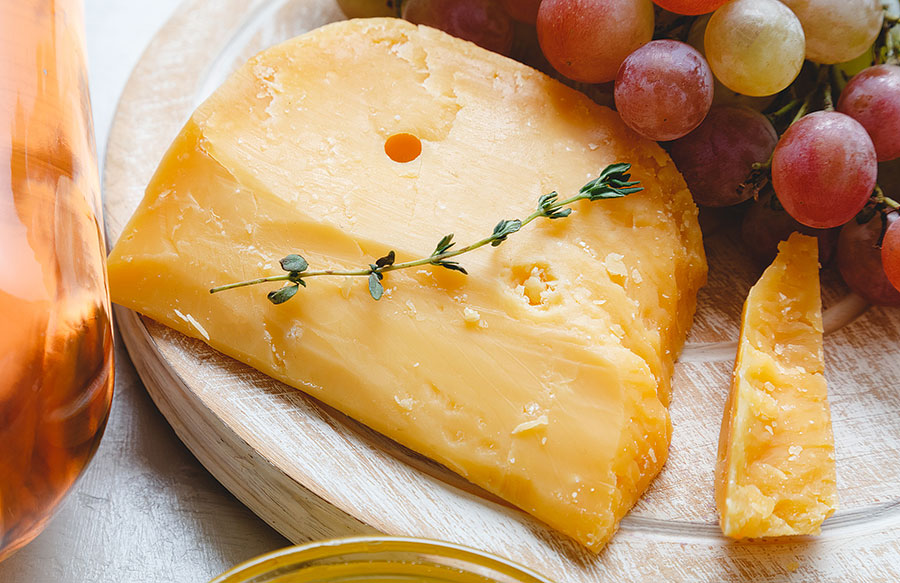
Basically you can pair most jams with almost any type of cheese. Everyone has a different palate so people will gravitate to a diverse set of tastes and flavors.
We pair our cheeses with the jam we are using on our charcuterie board. This varies from charcuterie board to charcuterie board as we create different platters for different parties or meals. These are a few of our favorite cheeses.
- Aged gouda cheese
- Smoked gouda cheese
- Mimolette (We highly recommend this cheese)
- Manchego cheese
- Parmesan cheese (parmigiano reggiano)
- Havarti cheese
- Blue cheese
- Aged cheddar cheese from Oregon or Ireland
- Asiago
- Pecorino
- Goat cheese
- Triple cream cheese
- Stilton cheese
- Mild Brie cheese
- Mozzarella cheese
How To Decide What Jam to Use?
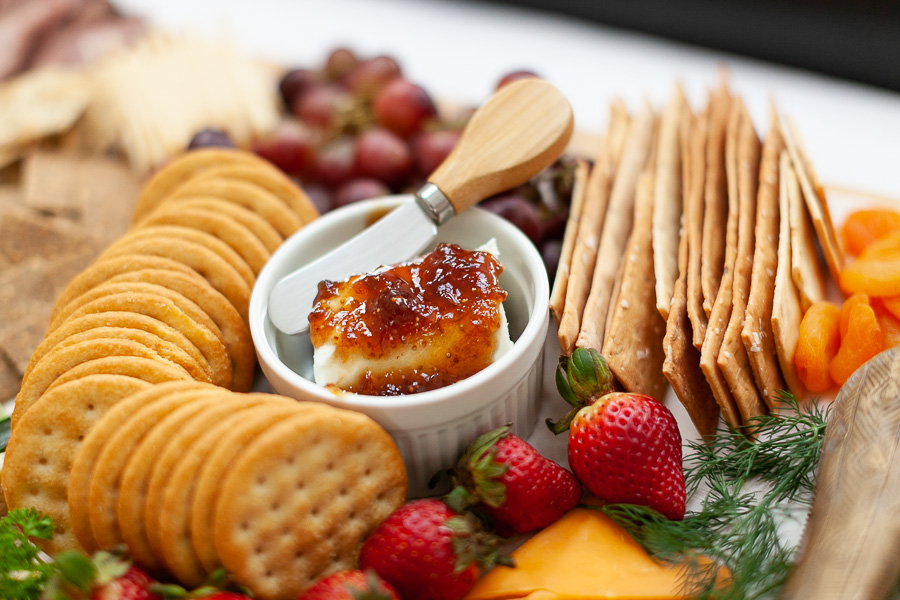
When deciding what kind of jam to use for a charcuterie board, we take a few factors into consideration.
First we think about the occasion and the time of year. Our figs are ripe and ready to be picked in August. As a result we have homemade fig jam ready to serve on our charcuterie boards in late summer and early fall.
And since we live in San Diego we can grow peppers in the late summer/early fall. With that being said we have homemade hot pepper jam on our charcuterie boards in the fall.
In late winter and early spring a majority of oranges in Southern California mature so that is when we bring out the orange marmalade. I am a huge fan of aged gouda with orange marmalade.
Next we think about who will be eating the food from our charcuterie boards. Do our guests have delicate palates or are they adventurous eaters?
These are some of our best pairings when we use jam on our charcuterie board.
- Sweet fig jam with goat cheese
- Sweet fig jam with Brie cheese (try adding toasted walnuts if time allows)
- Spicy fig jam with aged cheddar cheese
- Spicy fig jam with aged Gouda cheese
- Spicy fig jam with goat cheese
- Spicy fig jam with soft mozzarella cheese
- Apricot jam with Parmesan cheese (parmigiano reggiano)
- Raspberry jam with Brie cheese
- Raspberry jam with Havarti cheese
- Orange marmalade with Gouda cheese
- Red pepper jam with goat cheese (One of my favs! I love the heat!)
- Red pepper jam with triple cream cheese
- Spicy pepper jam with Stilton cheese
- Spicy pepper jam with Parmesan cheese (parmigiano reggiano)
- Spicy pepper jam with sharp cheddar cheese
- Spicy pepper jam with most hard, aged cheeses
- Orange marmalade with Gouda cheese
- Orange marmalade with aged cheddar cheese
How Many Jams Do We Use?
Since we don’t want to overwhelm our charcuterie board with too many flavors or too many jams, we typically use two jams on a board. We want to balance the dry, salty flavors of the meats and cheeses with the sweetness or spiciness of the jams.
Where Do We Get Our Jams?
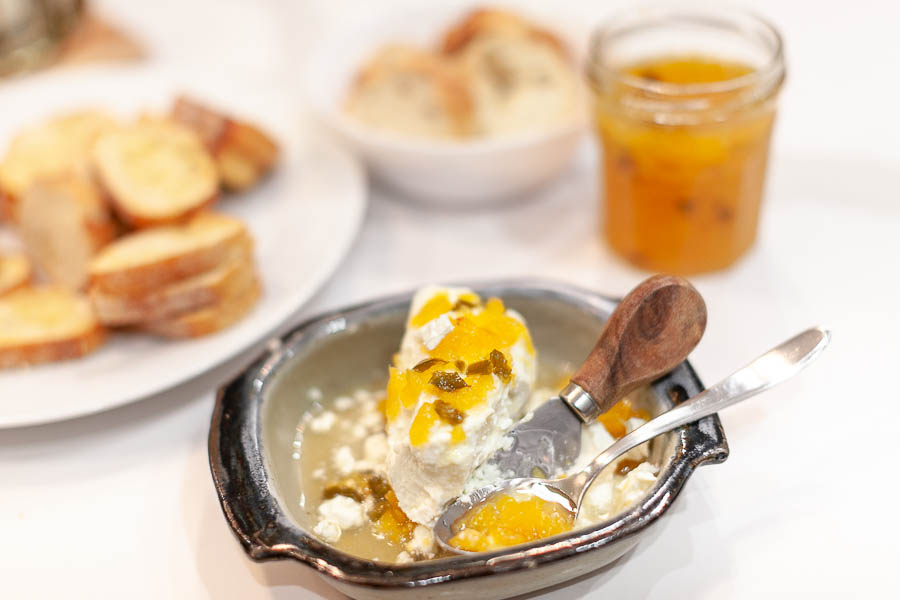
We make most of our jams in our own kitchen. Since our fig trees provide us with plenty of figs, we turn them into fig jam.
Often, we make two kinds of fig jam: one spicy, and one sweet. We add red pepper flakes to our homemade fig jam in order to make it spicy. Both jams work well on our charcuterie boards.
Our pepper plants continue to provide peppers throughout the fall so we make spicy pepper jam for our charcuterie board. We use a combination of hot peppers, such as habaneros, with milder peppers like sweet mini peppers.
We use a 2:1 ratio of hot-to-mild so that means 2 cups of hot peppers and 1 cup of bell peppers (orange, red and yellow). Our pepper jam is sweet because we use sugar, but it also has heat. It goes really well with goat cheese and hard salty cheeses.
When we have an abundance of oranges, we make our orange marmalade. Since we use some candied orange peel in it, this marmalade tastes a little different that what you might buy. We like the sweetness of the oranges and the tartness of the orange peel. This is another favorite for our charcuterie boards.
What If You Don’t Grow Your Own Fruit?
Not everyone has a garden and not every garden produces enough fruit to make jams. If that’s the case for you buy fresh fruit from your local farmers’ market or grocery store. Here is when you can expect to see the produce below.
- Fig season – late summer
- Orange season in Southern CA – late winter and early spring
- Habanero season – late summer
- Blueberry season – April to September
- Apricot season – May to July
- Raspberry season – summer
- Strawberry season – May
- Cherry season – begins in May
What If You Don’t Know How to Make Jams?
When you don’t know how to make your own jam or you just don’t have the time to make homemade jam here are our suggestions. We care about quality and sustainability so our recommendations for jam will be catered to California. The list below includes jams made here in San Diego.
Please message us if you need suggestions for jams in other areas.
